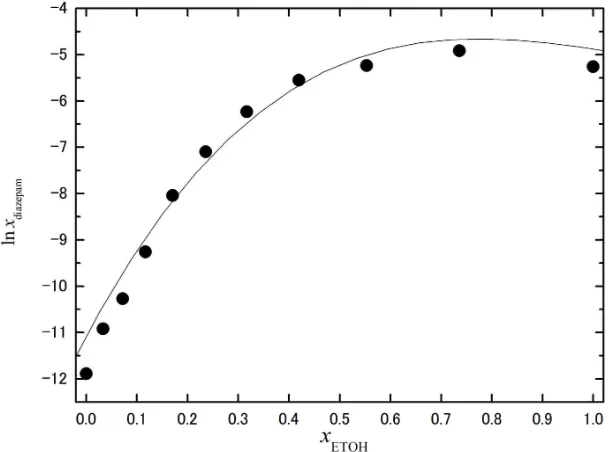Prediction of solubility of practically insoluble drugs in water/ethanol solvents using non empirical methods
Full text
Figure




Related documents
The comparison of p + p to Pb + Pb collisions shows a non-trivial system size dependence of the longitu- dinal evolution of hidden strangeness production, contrasting with that of
Fund research initiatives to investigate the health, economic, social, and environmental benefits of regional supply chains in the Victorian context, including the link between
movements of the pairs of the companies with the consecutive 5340 min price records. We showed that the changes in the strength distributions of the networks provide an
The following TOCN-containing composite fibers and films were prepared, and their mechanical, optical, thermal, oxygen barrier, and electric properties were characterized:
The fluctuations (left) in the number of forward- (F) and backward-going (B) participants, together with asymmetric emission profiles in rapidity, lead to event-by-event fluctuations
Enhanced Gene Delivery in Bacterial and Mammalian Cells Using PEGylated Calcium Doped
Subtraction among lung image with negative lung image Subtraction is done with the following steps: Image of lung segmentation results with ASM done complement
Background: Posttraumatic Stress Disorder (PTSD) related to childhood sexual abuse (CSA) is often associated with a wide range of trauma-related aversive emotions such as fear,
